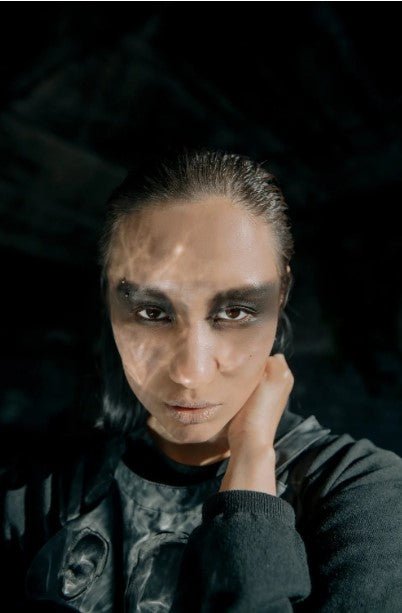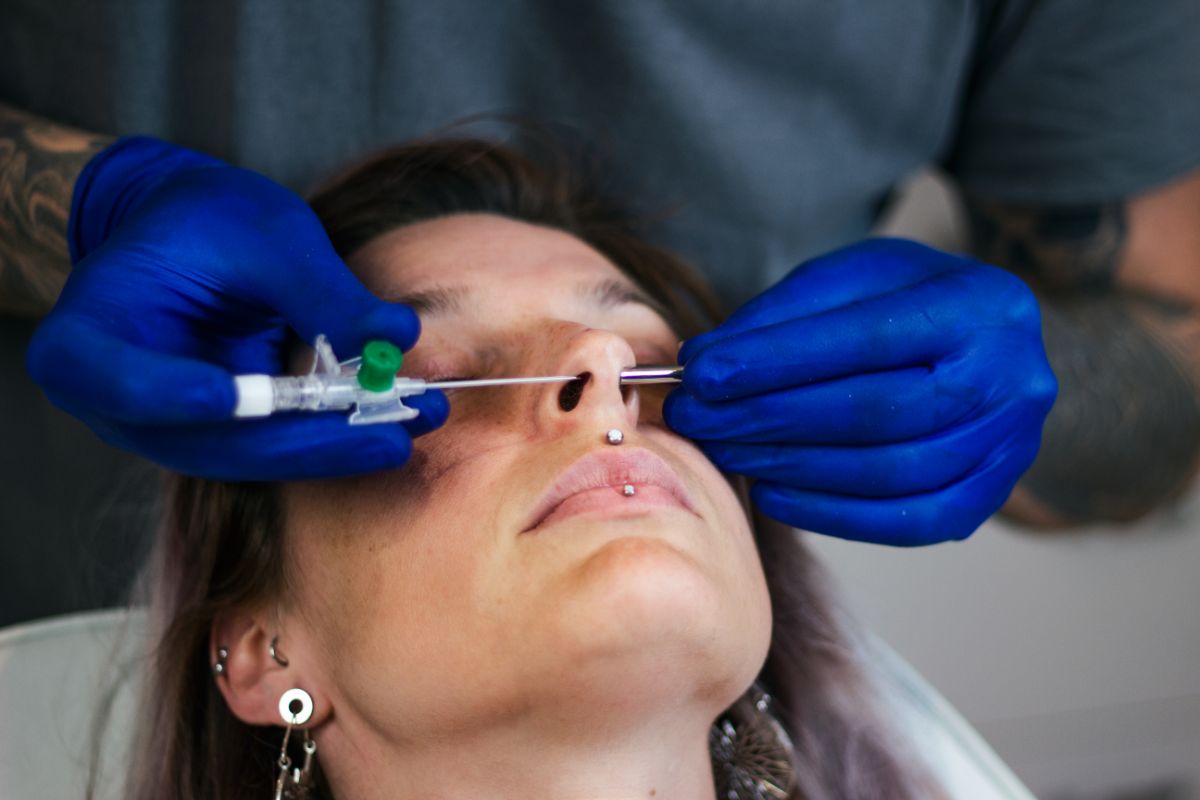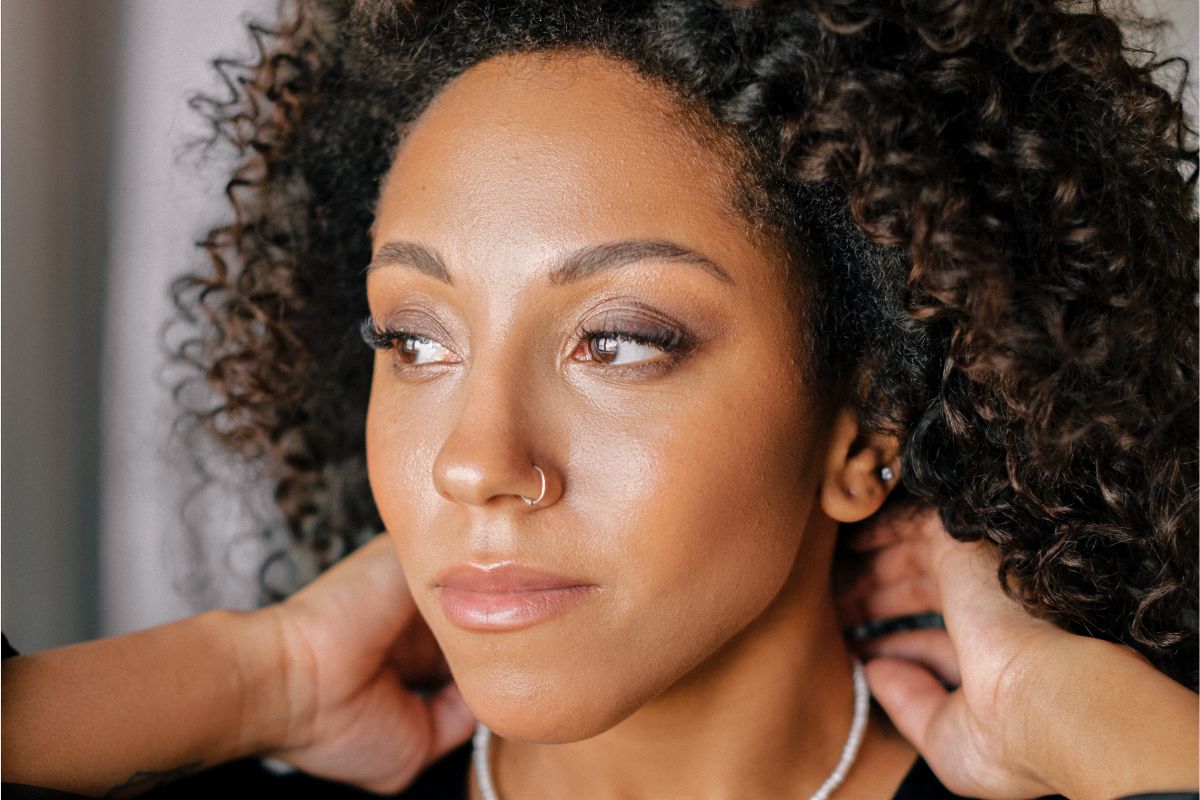Eyebrow piercing dates back to the early 1970s. It’s a unique way to show off the brows and adorn the face. But eyebrow piercing requires special consideration because this type of piercing leads to a permanent scar.
Introduction
Eyebrow piercing is self-explanatory — it’s essentially a perforation on the eyebrow, either vertical or horizontal. This is absolutely not a piercing you should attempt yourself.
When looking for a professional piercer, make sure they have plenty of experience with this type of piercing, and that they can show you visual proof from past clients of their work. Some piercers make the piercing very shallow — and that’s a problem because the jewelry will hang off the skin at some point, rather than staying flush with it.

Level of Pain
Unlike many other piercings, eyebrow piercing is relatively comfortable depending on the exact site of the piercing. Along the length of the eyebrow, there are groups of nerves, with the largest group in the center. We recommend avoiding this area if pain is a concern.
How Much Does an Eyebrow Piercing Cost?
Despite being less common, eyebrow piercing is not less expensive than other piercings. If you are getting pierced from a good salon/piercing shop, it will cost approximately $40 (as of this writing).
Healing Time
Depending upon factors like body type, the average healing time is three to four months, and may take up to six months. This is a piercing that people tend to fiddle with more than others, which typically results in injuries or infections. (See our article on the LITHA method here.)
Potential Risks of Eyebrow Piercing
Eyebrow piercings require extra care due to the (obvious) proximity of the eyebrow to the eye. (Again — do not let anyone other than a licensed professional piercer perform this piercing.) .
Eyebrow piercings carry other risks. Here are a few:
Bacterial Infections
While they are rare for this type of piercing, infections do occur. The symptoms include:
- Green or brown pus in the area of the piercing.
- The piercing site is red and warm to the touch.
- Swollen lymph nodes under the jaw. .
- High fever and dizziness.
If you believe your eyebrow piercing is infected, consult a doctor immediately. An infection in this area that goes out of control can rapidly spread to the eye.
Rejection or Migration
Did you know that piercings can move? When a piercing migrates, it leaves its original site, settles, and heals in a different spot. This is your immune system rejecting the piercing (which, after all, is an injury). When the body rejects a piercing, it works to remove it from the body like a splinter. Problems may also be more likely if the professional performing the piercing makes the hole too shallow or too small in diameter. Rejection can also occur if the jewelry you choose is made of an alloy that you are either sensitive or allergic to.
Rejection can also result from poor aftercare — neglecting to clean the site, or using harsh aftercare chemicals (including alcohol or soap). If you’re concerned about scarring, be aware that scarring is a direct effect of migration and rejection.
Allergic Reactions to Nickel
Many people are allergic to nickel. This alloy is often used in gold-plated jewelry, and that’s when allergic reactions occur. Visible symptoms include rashes, itchiness, and dry or red skin.
We recommend that people allergic to nickel visit their GP or dermatologist when a reaction occurs. Treatment of nickel allergy may require a prescription.

How to Stay Safe from Risks
- Find a skilled and licensed piercer who adheres to precise cleanliness and sterilization procedures.
- Select a quality metal instead of a budget alloy to lower the risk of an allergic reaction.
- Start with a lightweight piece of jewelry.
- To avoid migration, wear a curved barbell instead of a ring.
Closing Notes on Aftercare
Eyebrow piercing looks great on people of all genders, and they’re an artistic form of self-expression. But with their uniqueness comes some risk. This type of piercing is especially vulnerable to germs and dirt, so consistent aftercare is required.
Rinse the area with clean, distilled water, and take extra care to avoid touching the piercing. Applying saline solution at least twice a day for cleaning is recommended. And Dr. Piercing Aftercare products are safe, effective, made in the USA, and FDA approved.





